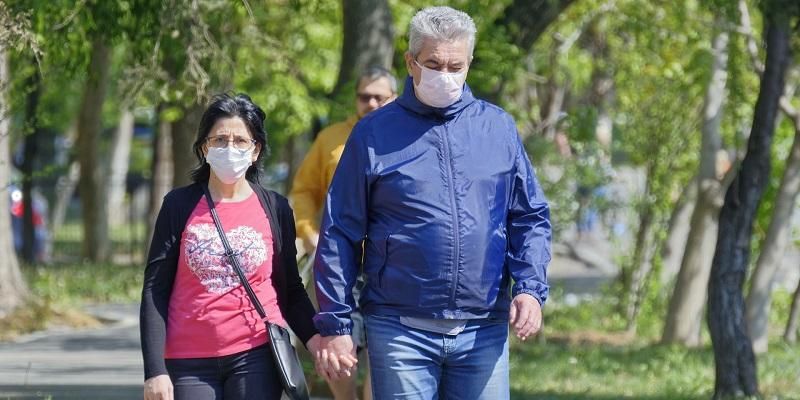
The World Health Organisation needs to recognise that coronavirus might be spread by tiny respiratory droplets that remain in the air for prolonged periods, say leading academics.
In a commentary published in the journal Clinical Infectious Diseases, 239 of the world’s experts say steps should be taken to reduce the risk of people becoming infected by breathing in the microscopic particles.
Those experts include Cath Noakes, Professor of Environmental Engineering for Buildings, in the School of Civil Engineering, and a member of SAGE – the Scientific Advisory Group for Emergencies.
“COVID-19 is more likely to be 'opportunistically' airborne and therefore poses a risk to people...”
She said: “The virus is transmitted through droplets that are generated when people breathe, talk, cough and sneeze. If a person is infected, these droplets can contain a virus.
“Airborne transmission happens when these droplets are very small - below about 10 microns (ten one-millionths of a metre) in diameter - and therefore can be carried between people by the air and then inhaled.”
In the commentary, the scientists say: “The current guidance from numerous international bodies focuses on hand washing, maintaining social distancing... Most public health organisations, including the World Health Organisation, do not recognise airborne transmission..."
Scientific studies have “demonstrated beyond any reasonable doubt” that viruses are released when people breathe, talk and cough and these are small enough to remain in the air for sometime and could travel indoors for tens of metres before settling on the ground.
Ventilation systems reduce risk
The experts say additional preventative measures need to be adopted which include ensuring buildings are well ventilated and not overcrowded - particularly schools, hospitals and care homes. Ventilation systems could be boosted with airborne infection controls such as air filtration and germicidal ultra-violet lights - or by opening windows.
They say the additional measures are particularly necessary as government begin to relax lockdown restrictions.
Professor Noakes said: “COVID-19 doesn't spread as easily as diseases like measles or tuberculosis, which are true airborne diseases and can spread by air over long distances.
"COVID-19 is more likely to be 'opportunistically' airborne and therefore poses a risk to people who are in the same room for long periods of time.
“It is important that people use a combination of measures to control transmission that recognise the different transmission routes. Face coverings, screens and social distancing can reduce the risk of direct droplet transmission, and hand hygiene and good cleaning of surfaces reduces the risk of transmission through contact with contaminated surfaces and objects.
“We can also control the risk of airborne transmission by ensuring buildings have good ventilation, which can dilute and remove any virus carrying aerosols from the air.”
The commentary says airborne transmission of the virus seems to be the only plausible explanation for cases where a lot of people have become infected.
For further information, please contact David Lewis in the media office: d.lewis@leeds.ac.uk